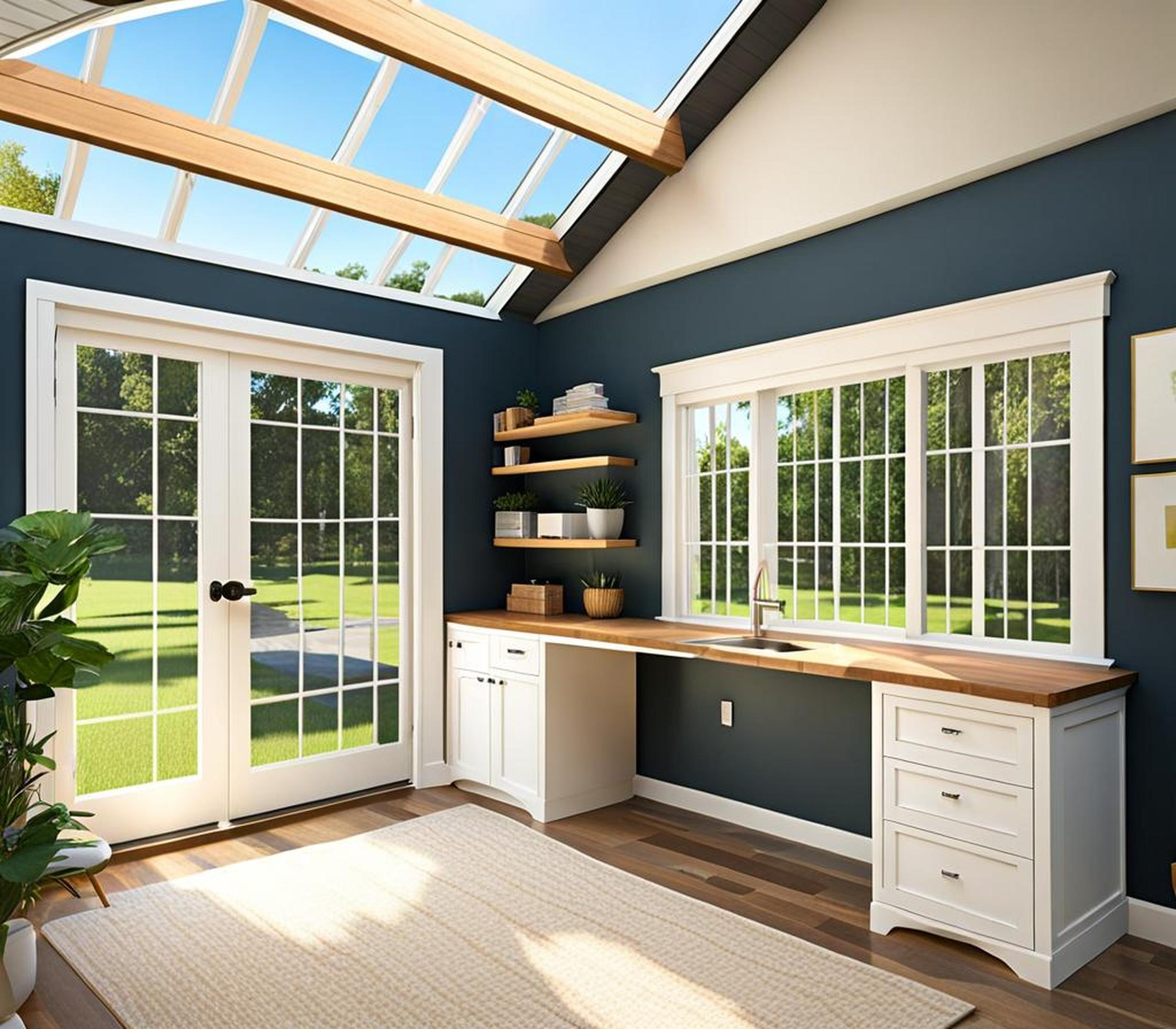Having a tiny house can be an excellent way to save money and reduce your environmental footprint. However, limited space can also pose daily challenges. If you feel like your small home is starting to feel too cramped, room additions offer a solution to open up your layout and gain precious square footage without the cost of moving.
With smart planning and strategic renovations, you can transform tiny spaces into comfortable, livable homes. Here’s an in-depth guide on how to maximize every inch with simple room additions suited for petite homes.
Evaluate Your Needs and Set a Realistic Budget
Before hammering away, take time to assess your current and future needs. Do you need an extra bathroom for convenience? Does your home office require more separation? Are you looking to add resale value?
Carefully evaluate how you utilize your home now and any upcoming lifestyle changes to determine your must-haves. This will shape the best additions for your household.
Next, set a realistic budget based on the project scope. Smaller renovations like finishing a basement may cost $20,000 while bump-outs can run from $30,000 to $100,000 depending on size. Contractor bids drastically impact overall cost as well.

Budget Factors to Consider
- Permitting fees
- Architectural designs
- Materials and finishes
- Construction labor
- Contingency padding
Maximize Existing Spaces
One of the easiest and most affordable ways to add space is by transforming what you already have. Attics, basements, and garages offer hidden potential.
Convert Unused Attics and Basements
Does your attic or basement have unused space? Converting these often-neglected areas into livable square footage adds value.
Basement additions require evaluating drainage and installing egress windows and stairs. But you gain ample room for bedrooms, offices, playrooms and more underground.
Attics make charming bedrooms or home offices. Consider the ceiling height when framing walls. Skylights and large windows keep things bright.
Repurpose Garages
Detached garages are the most straightforward to convert. Turning attached garages into rooms costs more due to insulation and utilities. But the space could be used for almost anything – from a family room to art studio.
Reclaiming garage space does mean you either need to build a new garage or find alternative outdoor parking. But gaining hundreds of usable square feet makes it worthwhile for many homeowners.
Build Out Bump-Out Additions
Bump-outs expand your home’s footprint by building out from existing exterior walls. Typical spots for bump-outs include kitchens, family rooms, and master bedrooms.
You gain interior space while maintaining your home’s original look from the curb. Bump-outs range from 100 to 400 square feet, so even a little bump can make a surprising difference.
Construct Additions Up or Out
If budget allows, building up to add a second story or constructing a backyard addition connected to your home opens many layout options.
Second Story Additions
Going upwards is the most direct way to double your square footage. Second stories allow expanding bedrooms, bathrooms, and living areas. Expect costs comparable to new construction.
Factor in how stair access and placement impacts the floorplan. Design with longevity in mind; converting attics later is more challenging.
Backyard Additions
A backyard addition delivers space without altering your home’s original footprint. Family rooms, sunrooms, offices, and even guest suites can extend from the main house or be a stand-alone structure.
Backyard additions generally rest on a slab foundation and maximize natural light. Make sure to strategically connect spaces or install efficient heating and cooling.
Smart Renovations Boost Home Value
Room additions big and small boost resale value. Even a modest bump-out or garage conversion offers a high return on investment. Kitchen and bathroom renovations also appeal to buyers.
When planning additions, examine recent neighborhood home sales to see which improved spaces garner the highest premiums. This ensures your investment pays off whether you stay long-term or sell soon.
Partner with the Right Contractor
Vet licensed contractors thoroughly before signing on. Verify examples of completed work and read reviews to ensure stellar customer service. Obtain at least three detailed bids to compare pricing.
The right contractor/architect team shares your vision, provides accurate timelines and budgets, secures permits, and supports you each step. Investing in room additions, no matter the scale, requires a trusted partnership.
With savvy planning and strategic renovations, small homes can gain much-needed space. Converting basements and attics, repurposing garages, building bump-outs and additions are all feasible projects.
By tailoring additions to your needs and lifestyle, modest homes transform into expansive, inviting retreats. The investment pays ongoing dividends in terms of comfort, convenience and added real estate value. Open up new possibilities by unlocking your home’s hidden potential.
